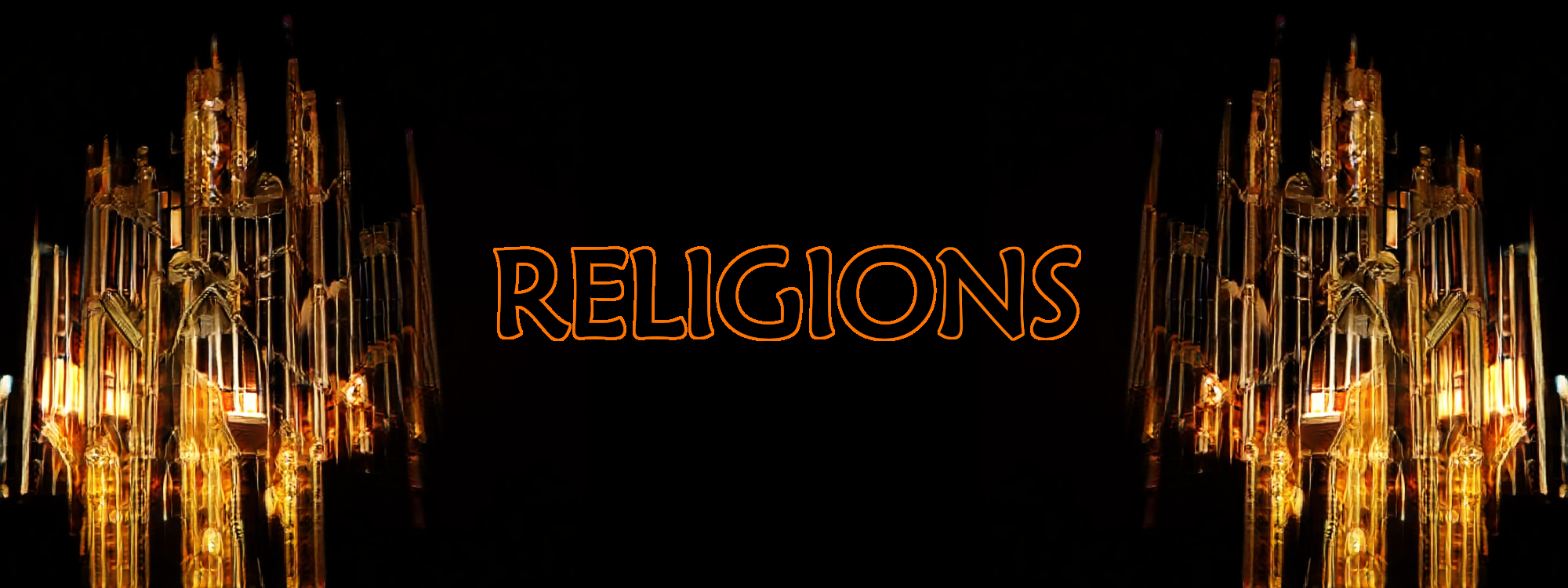Prophecy of the Second Dawn
The Prophecy of the Second Dawn is a prophecy foretelling the arrival of Iona on to Amanor. According to the prophecy the Sun Goddess will descend from her place in the firmament to banish the forces of darkness from the world and deliver her worshippers from mortal toil, bringing about an age of utopistic peace not unlike the mythical Dawn Age that ended tens of thousands of years ago. The Prophecy of the Second Dawn is not accepted as canon by contemporary churches of the Empyreal Faith in the Heartlands.
Contents
History
The Prophecy of the Second Dawn was conceived in 2382 ER during the tumultuous times of the Age of Strife by an Egean sect of the Empyreal Faith known as the Heralds of Iona. Their priests used astrology and divination to determine the exact year of Iona's return to be 2506 ER. The prophecy and the sect were both condemned as heretical by the Imperial Church of the Eternal Sun in the year 2395 ER.Cultural impact
In the dark times of war and turmoil that was the Age of Strife, the Prophecy of the Second Dawn was met with celebration by many a distressed citizen of Egea. The worship of Iona grew in popularity, but the Imperial Church of the Eternal Sun did not deign to acknowledge the prophecy -- or most other teachings of the Heralds for that matter -- as canon. Nonetheless, the Heralds kept on gaining new followers and their influence spread to the northern nation of Caraegwyn, where several temples were built in honor of the prophesied "Second Dawn." To curb the development of this new faith the Imperial Church of the Eternal Sun finally condemned it as heretical in 2395 ER. The Imperial Church went to great efforts to convert Egean citizens from the beliefs of the Heralds towards more conventional worship of Iona. Within the Empire itself these efforts were largely succesful, but in Caraegwyn the Heralds endured. The Caraegweni movement found foothold especially among the wealthier populace of the Summer Kingdom -- nobles, merchants, wizards and the like. Gathered in small congregations of mostly priviledged individuals, the Heralds of Caraegwyn were unable to attain widespread popularity. The movement faded from public knowledge over the course of a few years. Unknown to outsiders, the Heralds remaining in Caraegwyn had come up with a plan to preserve themselves for the coming of Iona more than 100 years in the future. Exiling themselves from civilized lands and severing all ties to their past lives, the Heralds sought the refuge of untamed wilds. Within three sheltered locations the Heralds entered a magical sleep. Alchemically engineered to mathematical perfection, their slumber was designed to end on the first day of 2506 ER, the year during which Iona was prophecied to return and usher in the utopia of the Second Dawn. The final number of Heralds that went into this magical sleep was perhaps in the several hundreds.
Other names
Prophecy of the Heralds, Prophecy of the New Morning
Related Ethnicities
Egeans
Caéled
Related Organizations
Empyreal Faith
Prophecy of the Heralds, Prophecy of the New Morning
Date of First Recording
2382
Date of Setting
2506
Egeans
Caéled
Related Organizations
Empyreal Faith
Heralds in Caraegwyn
In the Summer Kingdom the Heralds of the Eternal Morning secluded themselves in three secret temples. Each temple was lead by a custodian who oversaw the long slumber of his underlings.Leadership
Grand Hierophant UlfangArchmage and artificier; official leader of the caraegweni Heralds. Custodian of the southern temple.
Hierophant Madrik
Wealthy noble and de facto leader of the caraegweni Heralds. Custodian of the western temple.
Hierophant Fedelmid
Devout cleric and learned scholar. Custodian of the northern temple, the largest of the three.


Comments
Author's Notes
The concepts of the Heralds, the Prophecy, and the New Morning are taken directly from adventure module The Dreaming Heralds created by Michael Button in 2014 for the D&D Next Adventure Contest. I used the module as the prologue chapter of a D&D campaign that took place in the world of Amanor. That playthrough of the module by the PCs has been made canon for the world. This article is an adaptation of Button's work into Amanor, providing a wider context into how the prophecy came to be within the world. This extended backstory is original content, but the prophecy itself and the deeds of the Heralds have been largely left unaltered. As suggested by Button in the module description, certain details such as names of locations and peoples have been changed to make the module fit into another setting. This article is intended as a tribute to Michael Button and his work, for it inspired me greatly and his idea for a divine prophecy formed a narrative backbone for a very long campaign that was well-liked by the players. Thank you, mister Button!